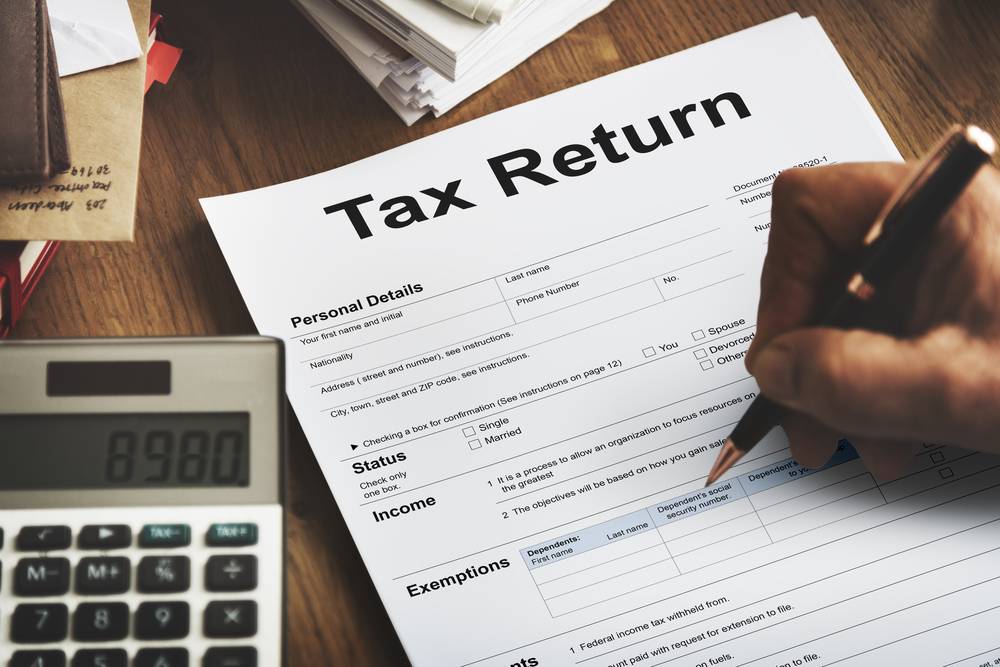
Opting for old income tax regime? Exercise your option carefully

Finance Minister Nirmala Sitharaman recently clarified that an annual income of Rs 7.27 lakh is the break-even point beyond which taxpayers have to pay tax for every additional rupee earned, under the new tax regime.
“We sat as a team and went into the details (to find out) at what stage you pay tax for every additional Re 1 that you earn… (for instance) for Rs 7.27 lakh, you don’t pay any tax now. It is only at Rs 27,000 (Rs 7 lakh, 27 thousand) that the break-even comes. After that, you start paying tax,” she said. She further said a standard deduction of Rs 50,000 has been introduced.
Watch: How to decide between new and old tax regimes | Big Money episode 7
Earlier, there was a grievance about there being no standard deduction under the new scheme. The FM said the government has simplified the paying rate and the compliance side under the new tax regime. Should you go for it?
New and old tax regimes
Beginning April 1, 2020 (FY 2020-21), the Centre implemented a new optional tax rate system for individuals and Hindu Undivided Families. Consequently, Section 115 BAC was added to the Income Tax Act of 1961, which mandated lower tax rates for the respective taxpayers and HUFs that did not take certain tax deductions or exemptions.
The tax system that existed before the implementation of the new regime — generally called the “old tax regime” — allowed around 70 exclusions and deductions, including HRA and LTA. These can reduce your taxable income and minimise your tax payments.
Based on the revisions suggested in the Union Budget 2023, the new tax regime has been designated as the default system, and taxpayers must specifically choose the old tax regime if they decide to use it.
How to opt for old tax regime
As the new tax regime has been made the default system, whoever wants to opt for the old scheme must “exercise” that option. The Central Board of Direct Taxes (CBDT) issued a notification (No. 43/2023 dated 21.06.2023) to that effect.
For that, a new rule (21AGA) was inserted in the Income-Tax Rules, 1962, which became applicable on April 1, 2024 (assessment year 2024-25.)
Those who feel their tax will be lower under the old system (after permitted deductions/exemptions) can opt for it. They can exercise the option for any previous year relevant to the assessment year beginning on or after April 1, 2024.
If you have income from business or profession, you must exercise the option in Form 10-IEA on or before the due date specified under Section 139(1) of the Act, to furnish the return of income for such assessment year. In other words, the taxpayer must opt for it before the last date prescribed for the filing of income tax return.
Also read: New tax regime “sweetened” to benefit maximum number of taxpayers: CBDT Chairman
If you do not have income from business or profession, you can exercise the option when the return of income is furnished/filed under Section 139(1) of the Act.
So, those with income from salary and/or capital gains, other sources, and residential property do not have to file any form separately to exercise the option. In these cases, where the person does not have business/professional income, s/he needs to exercise the option only in case of filing the return on income.
Change of option
There is a difference between a person with business/professional income and one without while exercising the option. Once the former exercises the option in a particular assessment year, s/he needs to continue the same option in the subsequent assessment years.
Also read: New tax regime will allow people to have more money in their hands: FM
Any withdrawal of option must also be exercised by using Form 10-IEA. It has to be furnished electronically, either under a digital signature or electronic verification code.
Plan well ahead
It is better to decide on the tax regime at the beginning of the financial year itself, which will also help you plan your savings and investments. The decision on the tax regime should be based on your income flow, permitted deductions under the old scheme, and the ultimate tax liability under the old as well as the new regime. By planning ahead, you can avoid last-minute pressure to invest for tax saving.
(The writer is a retired banker. The views expressed here are his own, and do not constitute investment advice.)

